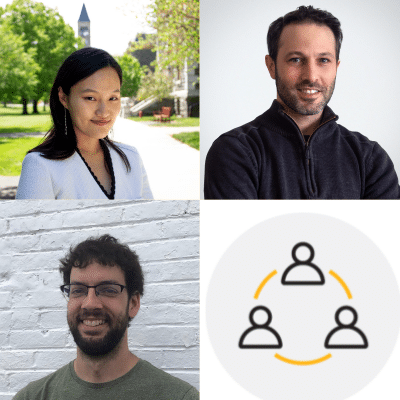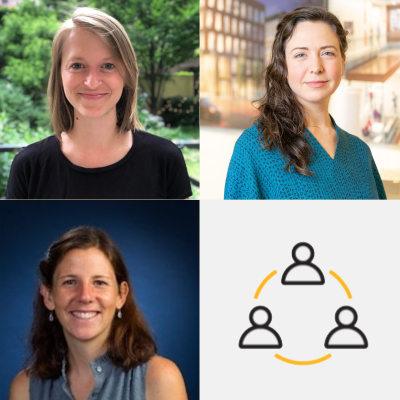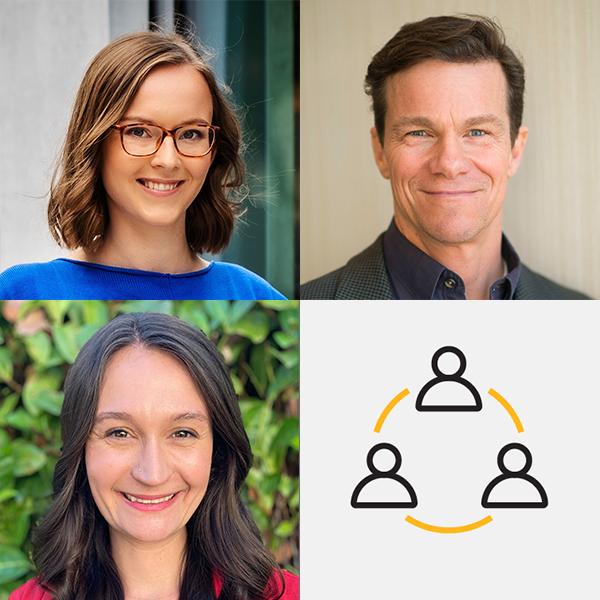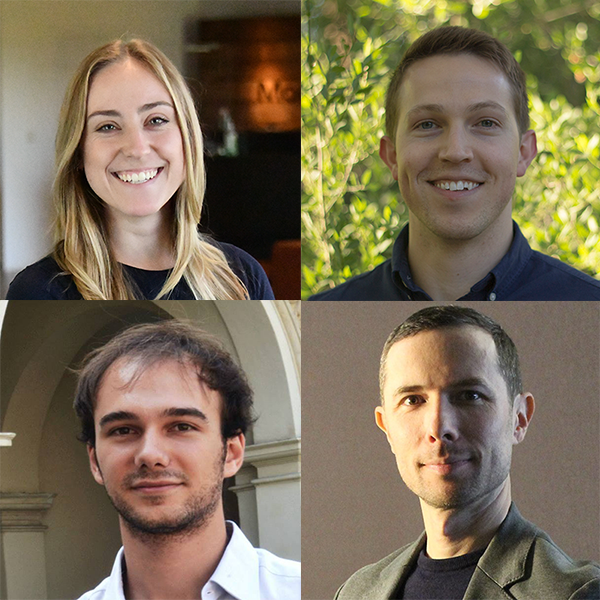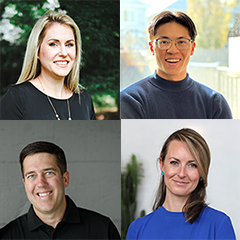What is your personal motivation for addressing climate change, and what are you and your organization doing to help reduce embodied carbon emissions?
Julia Wattick
Materials Team Lead, BranchPattern
My experience as an architect has shown me that the built environment is pivotal in influencing climate change. However, it wasn’t until I transitioned into sustainability consulting that I fully grasped the abundance of opportunities available to mitigate these impacts. The built environment deeply influences our social, physical, and economic well-being, all of which are intricately connected to the climate. Without addressing climate change, we cannot achieve success in any of these areas. I am motivated by my work to create more positive, equitable, and sustainable experiences for current and future generations.
At BranchPattern, our Materials Team is passionately committed to evaluating the environmental impact of our clients’ development projects. Whether we’re pursuing a Whole Building Life Cycle Assessment (WBLCA) certification or conducting Carbon Accounting, our primary responsibility is to pinpoint the most significant material impacts on a project. We take pride in educating and guiding our clients on effective strategies to diminish their project’s environmental footprint, including the reduction of embodied carbon. We enjoy the opportunity to collaborate on progressive projects or studies that share our commitment to the environment. These projects serve as platforms for us to demonstrate and explore the most ambitious solutions. Additionally, we excel at identifying practical and attainable measures that any project can adopt.
Through my involvement with CLF Pittsburgh, I strive to raise awareness within the local Architecture, Engineering, and Construction (AEC) industry and among local developers and owners about the importance of reducing embodied carbon emissions. I believe that awareness is the crucial first step towards achieving significant reduction; we must inspire individuals to embrace their role in addressing the climate crisis and empower them to take meaningful action.

“The built environment deeply influences our social, physical, and economic well-being, all of which are intricately connected to the climate. Without addressing climate change, we cannot achieve success in any of these areas. I am motivated by my work to create more positive, equitable, and sustainable experiences for current and future generations.“
What is your personal motivation for addressing climate change, and what are you and your organization doing to help reduce embodied carbon emissions?
Suryabala Sah
Sustainability Specialist, Gensler
I was born and raised in a very sustainable, well-planned town in the eastern part of India. With countless trees, a thoughtful water recycling system, waste management etc., it had everything “green.” And as a kid I always thought the whole world was that way… until I grew up! My “aha” moment was when I left my town to pursue higher studies. I realized then that every other city I saw was the opposite of my hometown – a disaster! I also understood that our climate is degrading by the day, and there began my journey to make the whole world as green as I had once imagined it was. There is SO much to do to make the world as sustainable as we want it to be! Climate action is long overdue.
With a background in architecture and design, I am currently a sustainability specialist at Gensler Houston. My area of focus is embodied carbon research and analysis, life cycle analysis and my day revolves around materials and their environmental impacts. Through my expertise, I help design teams and clients make low carbon material decisions. Also, I proactively volunteer with the CLF Regional Hubs and USGBC Texas to advocate for embodied carbon advancement in the Houston area.
For Gensler as a firm, decarbonization is one of our key focus areas. The Gensler Cities Climate Challenge (or GC3) is Gensler’s mission to make our entire portfolio net zero by 2030. We are committed to leading the industry towards low carbon and sustainable materials. In 2022, Gensler began requiring that all projects have EPDs on our specifications. In 2023, we released the Gensler Products Sustainability standards which is a step towards streamlining the performance criteria for sustainable materials (in alignment with CLF baselines). We are and will continue to lead the way in reducing embodied carbon emissions. It’s time that we all take action!
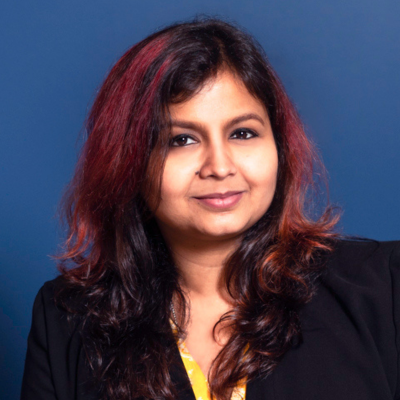
“My “aha” moment was when I left my town to pursue higher studies… I also understood that our climate is degrading by the day, and there began my journey to make the whole world as green as I had once imagined it was. There is SO much to do to make the world as sustainable as we want it to be! Climate action is long overdue.”
What are you and your organization doing to help reduce embodied carbon emissions?
Timothy Hemsath
Senior Associate, BVH Architecture
Caring for our planet has been a lifelong ambition. My studies in architecture motivated me to look into sustainable building design practices. When I first started my career, LEED served as a benchmark for market change and inspired me to be part of the green building movement. The opportunity to impart my expertise through volunteer work with USGBC and, more recently, CLF has been a rewarding experience. Reducing operational carbon and producing the book Energy Modeling in Architectural Design were meaningful to me and influenced my teaching in architectural design and engineering design courses about how to approach sustainability in our profession.
To that end, I continue spreading the word about our efforts to reduce carbon emissions in the workplace and facilitating access for colleagues and other experts to materials that can help them make design decisions with a smaller carbon footprint. Every project in our studios has intentional design decisions made by our talented staff. By incorporating emerging tools and CLF resources we strive to be innovators. We can cut carbon emissions and benefit the larger community.
A few principles that guide my actions are “Be the Change you want to see in the world” and “If you want to go fast, go alone; if you want to go far, go together.” We can all do our part to combat climate change by banding together to take effective collective action.
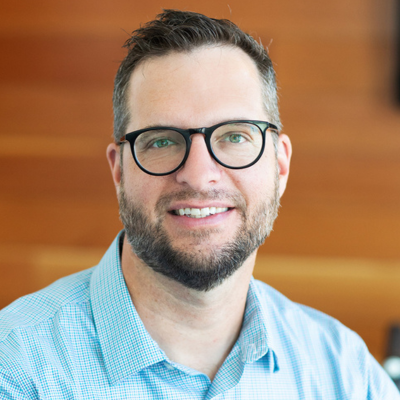
“When I first started my career, LEED served as a benchmark for market change and inspired me to be part of the green building movement. The opportunity to impart my expertise through volunteer work with USGBC and, more recently, with CLF Regional Hubs, has been a rewarding experience.”
